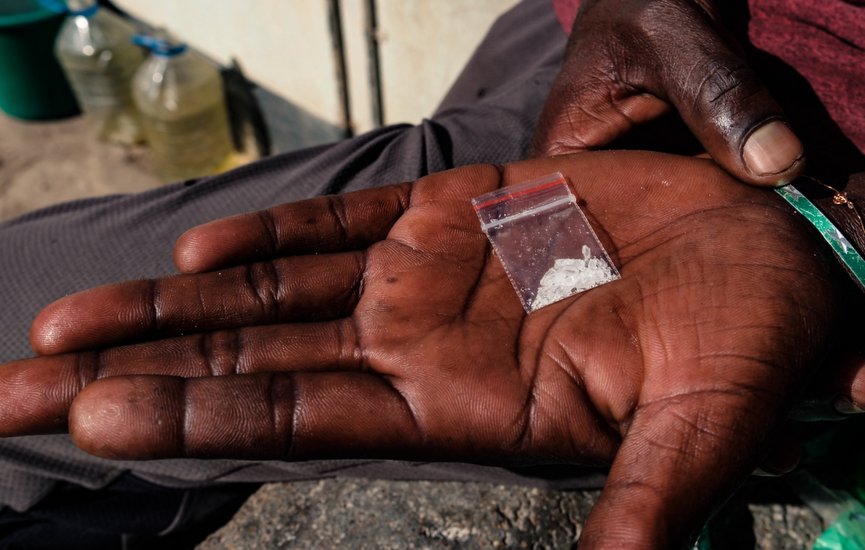Kenya is increasingly emerging as a significant player in the global methamphetamine trade, a development that has drawn the attention of international law enforcement and drug policy experts. The country’s strategic location, porous borders, and relatively under-resourced regulatory systems have made it an attractive hub for transnational criminal organizations seeking to manufacture and distribute synthetic drugs. Recent arrests of foreign nationals linked to powerful drug cartels, including Mexico’s Jalisco New Generation Cartel, underscore the growing sophistication and international reach of these operations. In one notable case, authorities uncovered a clandestine meth lab in Namanga, a town straddling the Kenya-Tanzania border, revealing a complex network of chemical supply chains and trafficking routes that span continents.
The meth lab in Namanga was not an isolated incident but part of a broader pattern of synthetic drug production spreading across East Africa. Investigations revealed that key chemical precursors such as methylamine and phenylacetone were sourced from India, indicating a well-established supply chain that connects Asia to Africa. These chemicals are essential for meth production and are often diverted from legitimate industrial uses. The lab’s location near major highways and its proximity to seaports like Mombasa and Dar es Salaam made it ideal for both importing raw materials and exporting finished products. This logistical advantage, combined with limited oversight, has allowed criminal enterprises to operate with alarming efficiency.
Local communities are beginning to feel the impact of this illicit industry. Kenya’s National Authority for the Campaign Against Alcohol and Drug Abuse (NACADA) has reported a troubling rise in methamphetamine use, particularly among young people. The drug’s highly addictive nature and its association with increased aggression and erratic behavior have led to spikes in crime and mental health crises in affected areas. Healthcare systems, already stretched thin, are struggling to respond to the growing number of meth-related cases. Moreover, the presence of foreign criminal networks has heightened concerns about national security and the erosion of public trust in law enforcement.
The international dimension of Kenya’s meth problem cannot be overstated. Intelligence reports suggest that criminal groups from China, India, Nigeria, and other countries are actively involved in the supply and manufacture of synthetic drugs across Africa. These networks exploit weak regulatory frameworks and leverage corruption to facilitate their operations. Kenya’s role as a transit and production hub places it at the center of a global web of narcotics trafficking, with implications that extend far beyond its borders. Addressing this challenge will require coordinated efforts between governments, international agencies, and civil society to strengthen enforcement, improve public awareness, and disrupt the financial and logistical infrastructure that sustains the drug trade.
As Kenya grapples with its expanding role in meth production, the stakes are high. The country stands at a crossroads, where decisive action could either stem the tide of synthetic drug proliferation or allow it to become entrenched in the region’s criminal landscape. The urgency of the situation demands not only stronger policing but also a deeper investment in community resilience, education, and rehabilitation. Without these measures, Kenya risks becoming a cautionary tale in the global fight against narcotics.
